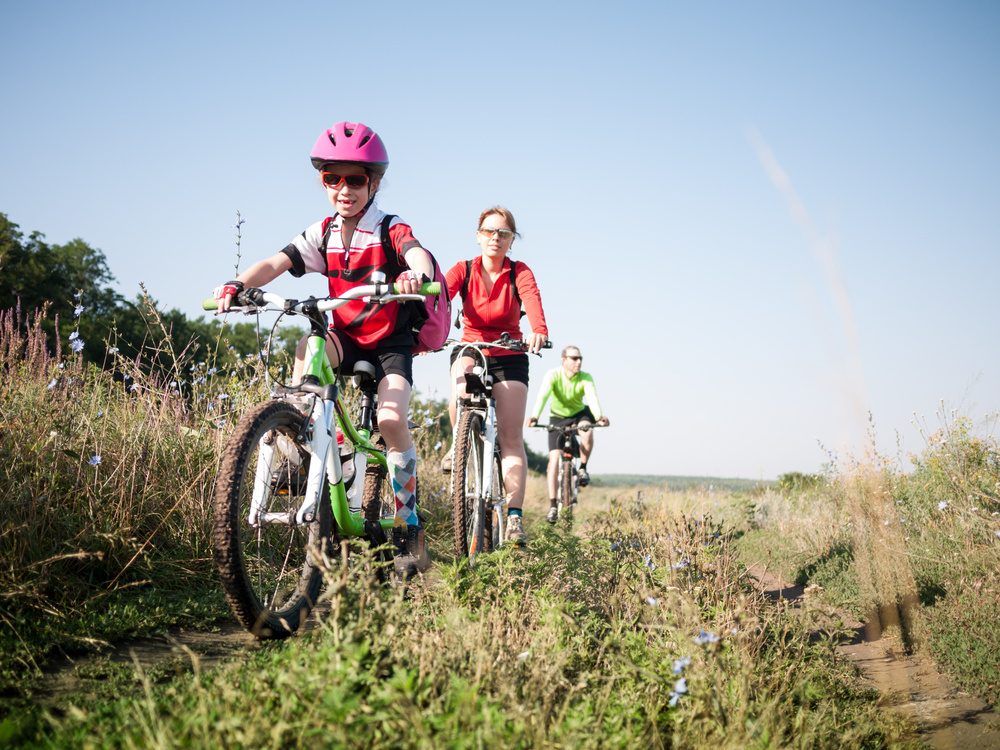Teaching a child to ride a bike is something that most parents don’t think twice about. They will just buy a suitable bike for their child and get them outside for an afternoon of practice. Whether it’s a balance bike or a pedal bike with training wheels, they will sit their child on it and show them what to do. But what if your child has autism? Is it so easy to teach the skills of cycling then?
What are the Challenges When Teaching Autistic Children to Cycle?
While many children with autism have behavioral problems, some will also have physical issues that affect their ability to learn how to cycle as quickly as neurotypical children. Some kids on the spectrum might also have problems with their motor skills that can make it harder for them to master balancing and steering. Others who are non-verbal might not understand instructions, and then there are those who just don’t have a sense of fear or danger and which could make cycling a real issue, particularly around traffic.
How to Get Started
Some autistic children will quickly learn to cycle, while for others it can take a little bit longer for all the pieces of the puzzle to fit. So, while you might find it challenging to teach your autistic child to ride a bike, don’t assume that it will never happen. The thing to remember is that all children are different and what works for one child might not for another. It is therefore important that you try out different approaches to find the one that works best for your child.
The first thing to do is to choose a suitable bike. If your child is quite young, you might want to start with a balance bike that does not have pedals. Balance bikes are propelled forward with the feet and allow for children to learn how to steer and balance without having to worry about mastering pedaling at the same time.
The experts at Woom say that a lightweight bike for kids is best when it comes to teaching children to cycle. So, whether you go for a balance bike or a regular pedal bike, it should be light enough for the child to be able to maneuver it with minimum effort.
Make sure you have protective gear for your child when teaching him or her to cycle as falling off a bike is part of the process. A helmet along with knee, elbow, and wrist pads will mean that your child is less likely to hurt themself should they fall.
When you are ready to get started, the first thing to do is to teach your child how to get on and off. This is easier if you have a bike of your own, particularly for non-verbal children who find visual cues easier to understand. If not, you can place your child onto the saddle and show them where to place their legs and hands.
Some parents will put stickers of hands onto the handlebars and stickers of feet on the pedals (for a pedal bike). This helps their child to understand where to place their hands and feet.
Take Your Time
All children, regardless of whether they are on the spectrum or not, need time to master the skills associated with cycling. Be patient with your child and know that it may take a lot of practice before they will be cycling unaided.
Children on the spectrum can become overwhelmed when faced with too many instructions at once. However, once they learn the sequence of actions involved in cycling, they can pick it up and learn how to enjoy this fun activity.

